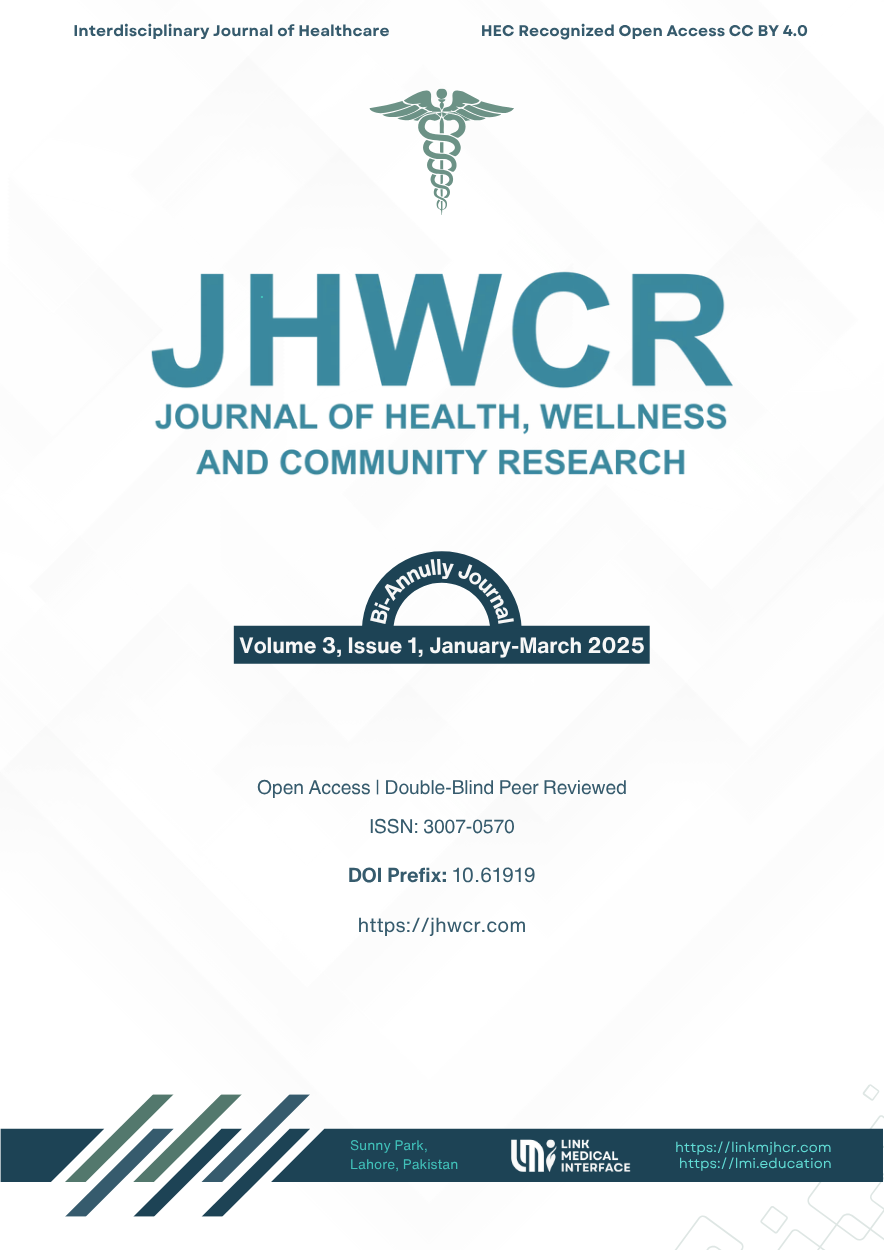Ruminant and Rhinocerotid Fossils from the Lower Siwaliks (Chinji Formation), Pakistan: Taxonomic and Biostratigraphic Insights
DOI:
https://doi.org/10.61919/rk9x7w73Keywords:
Chinji Formation; Siwalik Group; Sivaceros gradiens; Dorcatherium minus; Brachypotherium perimense; Potwar Plateau; Miocene paleontology; South Asia.Abstract
Background: The Middle Miocene Chinji Formation of the Potwar Plateau in northern Pakistan preserves one of South Asia’s most representative Siwalik faunal assemblages. However, limited diagnostic specimens have constrained taxonomic precision and hindered biostratigraphic refinement. Recent recovery of well-preserved mammalian remains from key Chinji localities provides an opportunity to reevaluate species-level taxonomy and clarify evolutionary and paleoecological patterns within the Lower Siwalik succession. Objective: This study aimed to diagnose newly collected vertebrate material from the Chinji Formation, compare it with type and reference collections, and assess its implications for regional biostratigraphy and the evolutionary trajectories of tragocerotin bovids, tragulids, and rhinocerotids. Methods: Fossil specimens were recovered from Wasnal, Bhilomar, DBAK, and Kohetra localities and prepared using standard consolidation and mechanical cleaning protocols. Metric variables were measured with digital calipers and compared against reference data from PUPC, USKT-PC, and GSP repositories. Morphometric indices and ratios were analyzed descriptively to determine taxonomic affinity. Results: The recovered material was attributed to Sivaceros gradiens, Dorcatherium minus, and Brachypotherium perimense, with an additional indeterminate mammalian specimen. Diagnostic horn-core morphology, tragulid molar structure, and rhinocerotid incisor features confirm these species’ presence at the Chinji level, corresponding to a 14.2–11.2 Ma interval. Conclusion: These findings expand the known temporal and stratigraphic ranges of key Siwalik taxa, affirming morphological stability in early Sivaceros and highlighting faunal continuity across the Potwar Plateau. The assemblage strengthens regional biochronological correlations and provides a reference framework for Middle Miocene mammalian evolution in South Asia
Downloads
Published
Issue
Section
License
Copyright (c) 2025 Ume Habiba Shafqat Ullah, Saima Ashraf, Saba Mumtaz, Aqsa Bibi, Asad Shabbir, Qaisra Shakeel (Author)

This work is licensed under a Creative Commons Attribution 4.0 International License.


